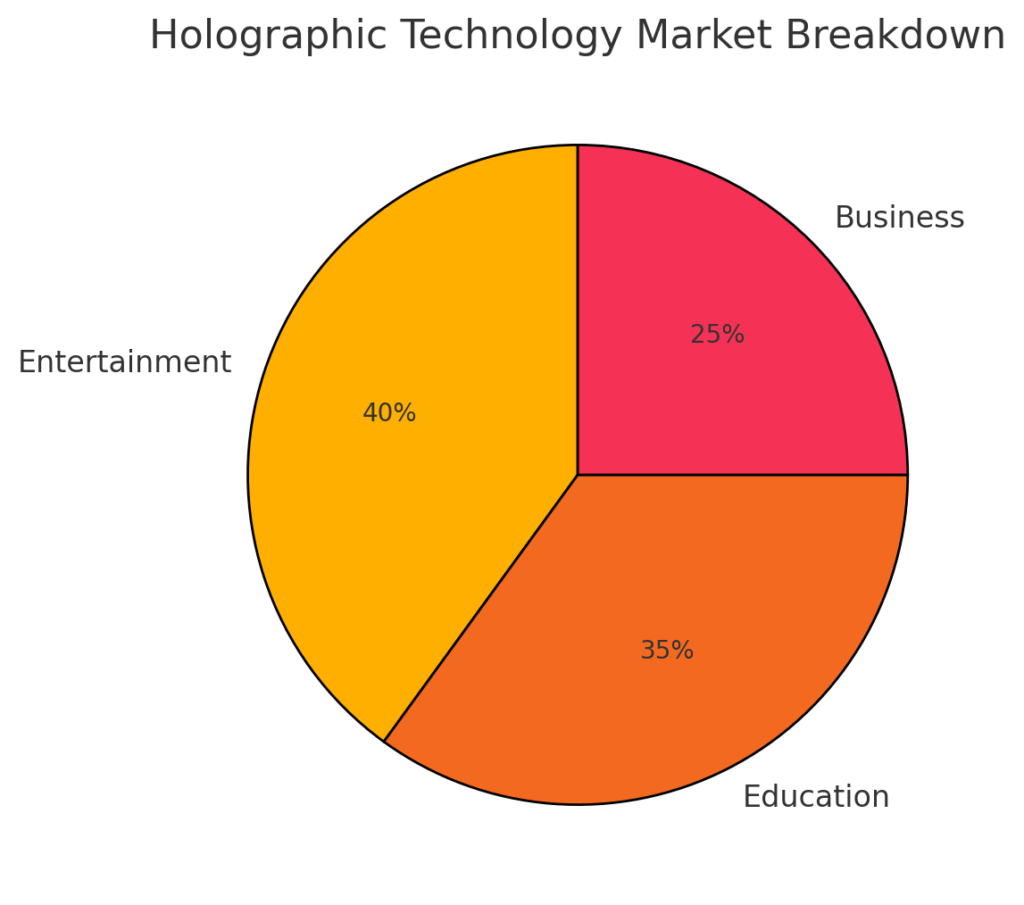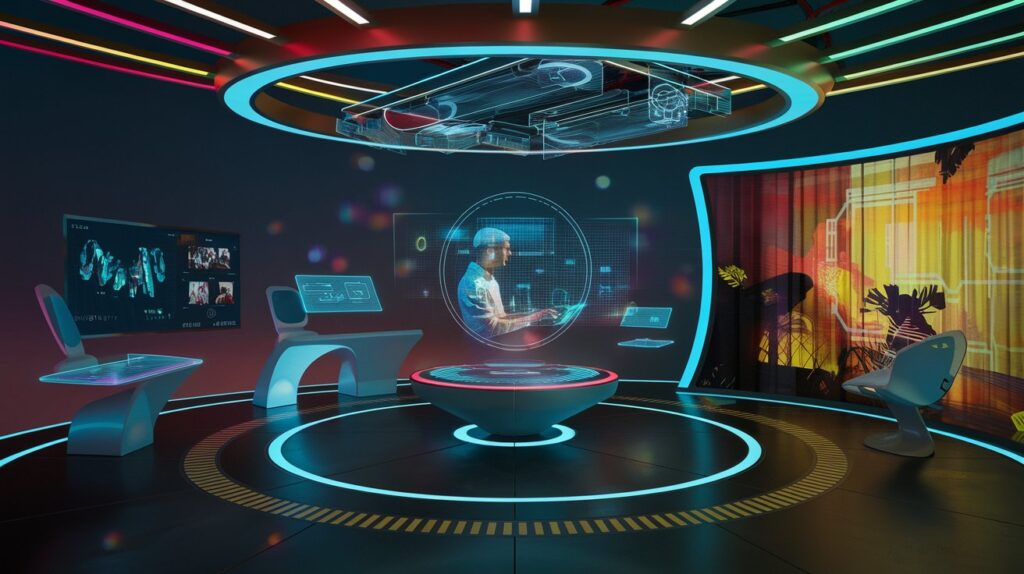Holographic Displays: Are We Entering a Sci-Fi Reality? This once-imaginary concept, often depicted in blockbuster movies and futuristic novels, is now becoming a tangible part of our world. From concerts featuring holographic performers to immersive 3D medical training, the technology is redefining how we experience visuals. Holographic displays allow users to interact with vibrant, three-dimensional images that seem to float in mid-air, eliminating the need for screens or glasses.
As industries like entertainment, education, and business embrace this innovation, the potential for holographic displays to transform our daily lives is limitless. But how far have we come in turning this sci-fi dream into a mainstream reality, and what challenges lie ahead? Let’s explore how this cutting-edge technology is reshaping the boundaries of what’s possible.
Table of Contents
As industries like entertainment, education, and business embrace this innovation, the potential for holographic displays to transform our daily lives is limitless. But how far have we come in turning this sci-fi dream into a mainstream reality, and what challenges lie ahead? Let’s explore how this cutting-edge technology is reshaping the boundaries of what’s possible.
What Are Holographic Displays?
Holographic displays are advanced visual systems that use light diffraction to create three-dimensional images in mid-air. Unlike traditional flat screens, these displays bring visuals to life by eliminating the need for special glasses or screens.

Holographic Displays: Are We Entering a Sci-Fi Reality: The Current State of Holographic Technology
- Industries Adopting Holograms:
- Entertainment: Concerts and events feature holograms of performers.
- Education: 3D models for medical and scientific training.
- Business: Holographic presentations for enhanced communication.
- Technological Advancements:
- Companies like Microsoft and Looking Glass are pioneering holographic innovations.
- Data: Holographic technology is projected to be a $5 billion industry by 2030.

Holographic Displays: Are We Entering a Sci-Fi Reality: How Close Are We to Sci-Fi Reality?
While the technology is rapidly evolving, challenges like high costs, technical complexity, and limited accessibility still exist. However, breakthroughs in augmented reality (AR) and artificial intelligence (AI) are bridging the gap.

Future Applications and Implications
The possibilities for holographic displays are endless:
- Virtual shopping experiences in retail.
- Immersive storytelling in movies and games.
- Enhanced medical diagnostics with 3D visuals.
Conclusion:
Holographic Displays: Are We Entering a Sci-Fi Reality? The answer is increasingly leaning toward “yes.” With a projected market value of $5 billion by 2030, holographic displays are no longer confined to science fiction but are steadily becoming a part of mainstream industries. From revolutionizing entertainment with lifelike concerts to enhancing education through 3D visualization tools, these displays are reshaping how we interact with digital content.
Despite challenges such as high production costs and limited accessibility, rapid advancements in augmented reality (AR) and artificial intelligence (AI) are accelerating their adoption. Companies like Microsoft and Looking Glass are leading the way in making holographic displays more affordable and efficient. As these technologies continue to mature, we are undoubtedly moving closer to a future where holographic displays transform everyday experiences, from shopping and gaming to business communication and healthcare.
Holographic Displays: Are We Entering a Sci-Fi Reality? It’s clear that the reality of this groundbreaking technology is closer than ever, bridging the gap between imagination and innovation.





